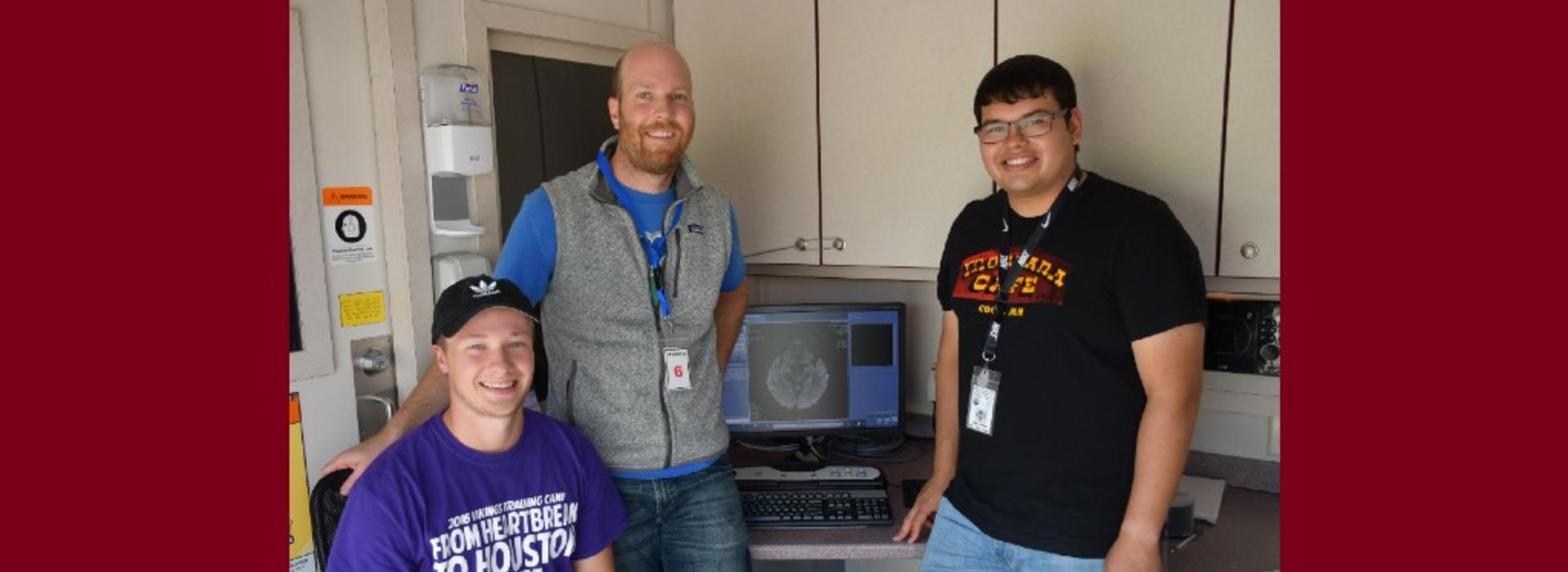
U of M Medical School study finds visions of nonphysical world are common among cognitively healthy Ojibwe individuals
MINNEAPOLIS/ST. PAUL (12/04/2023) — Visual hallucinations are common among people with Lewy body dementia and other types of dementia. Identifying visual hallucinations is an important component of a wide variety of medical and psychiatric diagnoses and treatments, but without cultural context, some patients’ symptoms can be misinterpreted or misdiagnosed.
In existing medical literature, there is almost no information regarding normal spiritual experiences in American Indian participants in the context of a neurocognitive evaluation. University of Minnesota Medical School researchers sought to understand how Ojibwe culture and spirituality affect a doctor’s assessment of normal aging.
Published in JAMA Network Open, the research team found that visions of the nonphysical world are common among cognitively healthy Ojibwe individuals and can represent normal spiritual experiences.
“Consideration of a patient’s cultural background and belief system can help avert erroneous disqualification for disease-modifying therapy, exclusion from clinical trials and all the negative ramifications associated with a misdiagnosis of psychiatric disease," said William Mantyh, MD, an assistant professor at the University of Minnesota Medical School and behavioral neurologist with M Health Fairview.
In partnership with an Ojibwe Tribal Nation in Minnesota, the study recruited 33 cognitively healthy tribal elders aged 55 years or older. The research found 48% of participants reported frequent transient visions of the nonphysical world that generally were benevolent and involved spiritual beings and/or ancestors.
According to the research team, clinicians would benefit from careful consideration of cultural or spiritual context to avoid misdiagnosis of neuropsychiatric disease.
“Today’s environment of infrequent or insufficiently short cognitive evaluations—an average 16-minute face-to-face visit with a physician—and increasing use of pre-visit symptom checklists increase the risk of falsely attributing a spiritual experience to a hallucination,” said Dr. Mantyh.
Dr. Mantyh and his research team's overarching goal is to ensure accurate diagnosis of neurodegenerative disease in American Indian communities. To reach this goal, the research team is including American Indian participants in the development of a new Alzheimer's disease blood test. So far, more than 250 participants have been included. These new Alzheimer's disease blood tests—which are up to 95% accurate—directly detect the proteins related to Alzheimer's disease in the blood, but they also look at a patient's APOE ε4 gene. APOE ε4 is the most significant genetic risk factor for Alzheimer's disease, but its effect on Alzheimer's disease depends on a patient's ancestry.
This research was funded by the National Institutes of Health [grant R01AG080806], Wallin Foundation, Fesler-Lampert Chair of Aging, American Academy of Neurology, Alzheimer's Association and the American Brain Foundation.
###
This project was made possible by a resolution of support for the research from both the Minnesota Chippewa tribe and Bois Forte Band of Chippewa tribal council. The partnership with the Bois Forte Band of Chippewa Tribe has played a crucial role in ensuring all Tribal Protocols of the project research are met and would not be possible without their constant leadership and partnership.
The research team would like to recognize Annamarie Hill, MA, and Neil Henderson, PhD, for their help in establishing this research and building the key relationships necessary to conduct this work.
About the University of Minnesota Medical School
The University of Minnesota Medical School is at the forefront of learning and discovery, transforming medical care and educating the next generation of physicians. Our graduates and faculty produce high-impact biomedical research and advance the practice of medicine. We acknowledge that the U of M Medical School, both the Twin Cities campus and Duluth campus, is located on traditional, ancestral and contemporary lands of the Dakota and the Ojibwe, and scores of other Indigenous people, and we affirm our commitment to tribal communities and their sovereignty as we seek to improve and strengthen our relations with tribal nations. For more information about the U of M Medical School, please visit med.umn.edu.